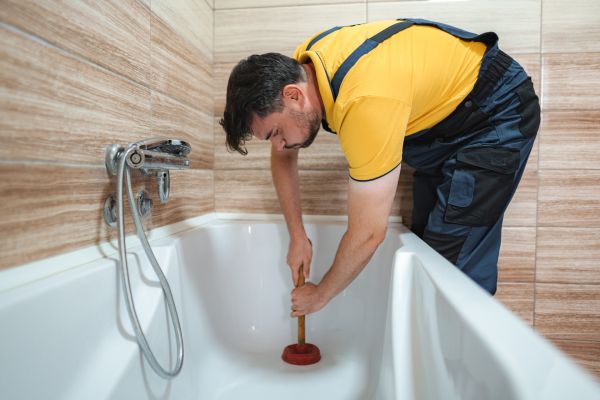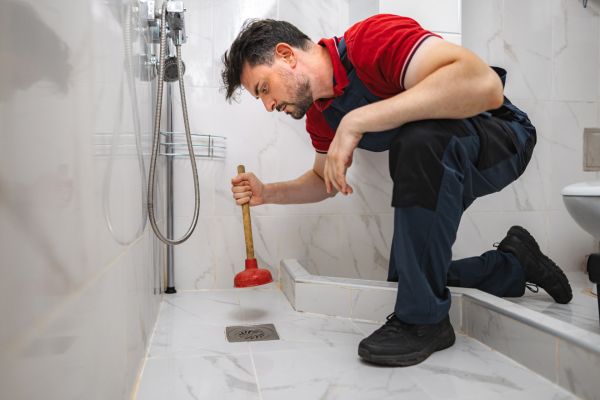Ah, the age-old problem of plumbing issues. Whether it’s a minor leak, a hairline crack, or a stubborn blockage, pipe repair is a crucial skill every homeowner should understand. Not only can knowing the basics save you money, but it also keeps your home in tip-top shape. So, grab your toolbox and let’s dive into the nitty-gritty of pipe repair.
Why Pipe Repair is Essential
First off, let’s talk about why pipe repair is so darn important. Leaky pipes can lead to water damage, mold growth, and even structural issues in your home. Plus, they can significantly hike up your water bill. Fixing pipe issues promptly can prevent these problems and keep your home running smoothly. It’s like nipping a problem in the bud before it blossoms into a full-blown disaster.
Common Pipe Problems and Their Solutions
Leaky Pipes
Leaky pipes are the most common plumbing issue homeowners face. The culprits? Loose joints, corroded pipes, or even high water pressure.
How to Fix:
- Identify the Leak: Look for water stains, mold, or puddles.
- Turn Off the Water: Shut off the main water valve to prevent further damage.
- Apply Epoxy Putty: For small leaks, epoxy putty is a quick fix. Mold it around the leak and let it harden.
- Replace the Pipe: For severe leaks, you might need to replace the section of the pipe. Cut out the damaged part and replace it with a new piece using couplings.
Cracked Pipes
Cracks can develop due to age, freezing temperatures, or physical damage. They can be a real headache if not addressed promptly.
How to Fix:
- Turn Off the Water: Always start by shutting off the water supply.
- Drain the Pipe: Remove any remaining water to ensure a clean working area.
- Use a Pipe Clamp: For temporary repairs, a pipe clamp can hold things together until a permanent fix is possible.
- Replace the Pipe Section: As with leaks, replacing the damaged section is often the best solution.
Blocked Pipes
Blockages can be caused by debris, grease, or foreign objects lodged in the pipes. They can slow down or completely stop water flow.
How to Fix:
- Plunge Away: A plunger can often dislodge minor blockages.
- Use a Drain Snake: For tougher clogs, a drain snake can break up the blockage.
- Chemical Cleaners: Use with caution as they can damage pipes if overused.
- Professional Help: For persistent blockages, calling a plumber might be necessary.
DIY Pipe Repair: Tips and Tricks
Gather Your Tools
Before diving into any pipe repair, ensure you have the necessary tools:
- Pipe wrench
- Plumber’s tape
- Epoxy putty
- Pipe clamps
- Hacksaw
- Replacement pipes and couplings
Safety First
Always prioritize safety. Wear gloves and safety goggles to protect yourself from sharp edges and harmful substances.
Know When to Call a Pro
While DIY repairs can save money, some situations require professional expertise. If you’re unsure about a repair or it’s beyond your skill level, don’t hesitate to call a licensed plumber.
FAQs about Pipe Repair
Q: How do I know if my pipe is leaking? A: Look for water stains on walls or ceilings, listen for the sound of running water when everything is turned off, or check for mold growth and musty odors.
Q: Can I repair a burst pipe myself? A: Yes, you can temporarily repair a burst pipe with a pipe clamp, but it’s best to replace the damaged section or call a professional for a permanent fix.
Q: What causes pipes to burst? A: Pipes can burst due to freezing temperatures, high water pressure, or age-related wear and tear.
Q: How can I prevent my pipes from freezing? A: Insulate your pipes, keep your home warm, and let faucets drip during extreme cold to prevent freezing.
Q: Are chemical drain cleaners safe to use? A: While effective, they can damage pipes if used frequently. Opt for mechanical methods like plungers or drain snakes first.
Summary
In conclusion, pipe repair is a vital skill that can save you from costly repairs and keep your home in excellent condition. By understanding common pipe problems and knowing how to fix them, you’re well on your way to becoming a DIY plumbing pro. Remember to use the right tools, prioritize safety, and know when to call in a professional. With these tips in your arsenal, you’re ready to tackle any pipe repair challenge that comes your way.
Authoritative Links
Here are some authoritative resources to further your knowledge on pipe repair:
- https://www.homedepot.com/c/ab/how-to-fix-a-leaky-pipe
- https://www.lowes.com/n/how-to/plumbing-basics
- https://www.thisoldhouse.com/plumbing
By understanding and applying the principles of pipe repair, you can keep your plumbing system in great shape and save yourself from unnecessary headaches.



